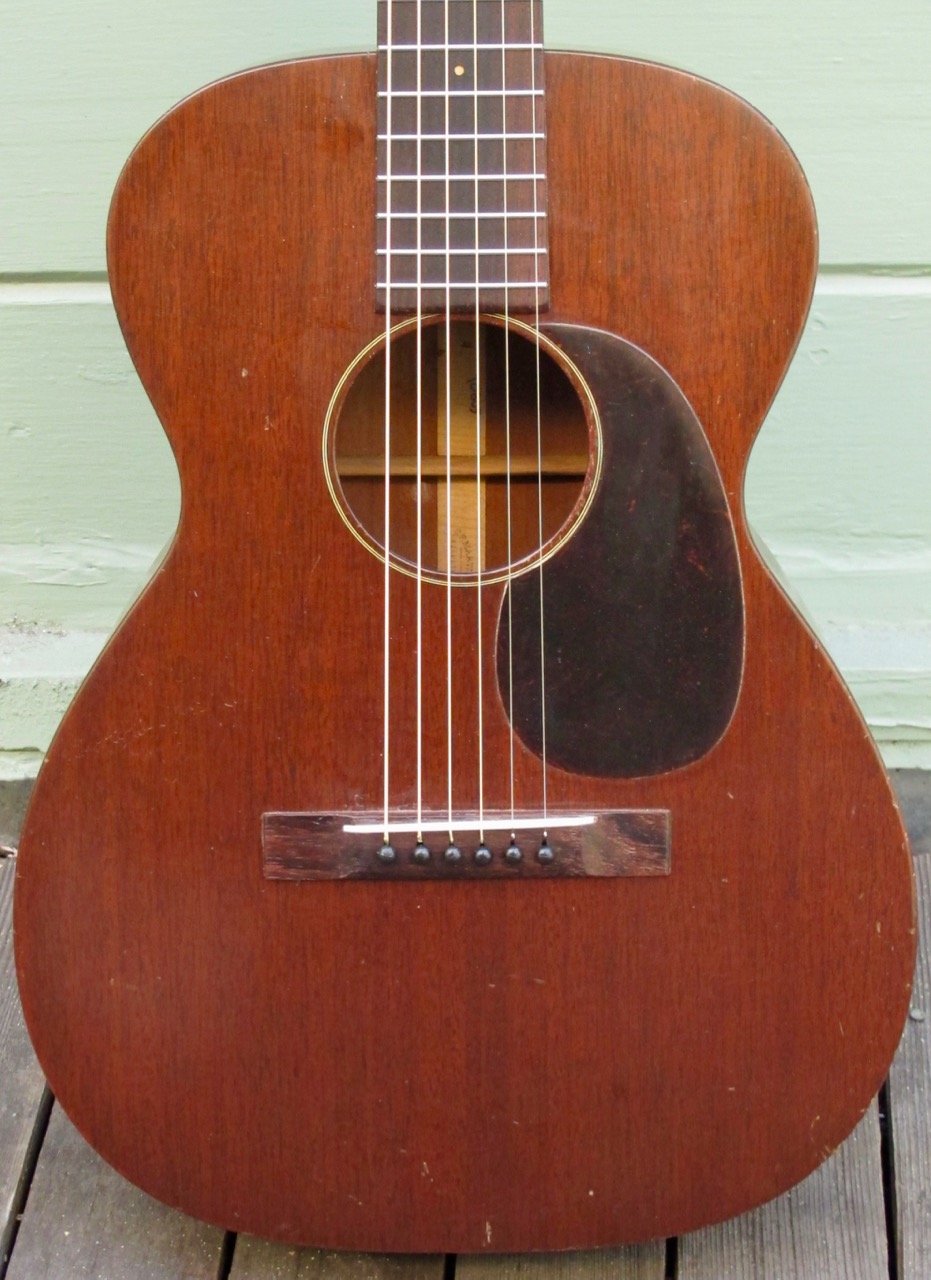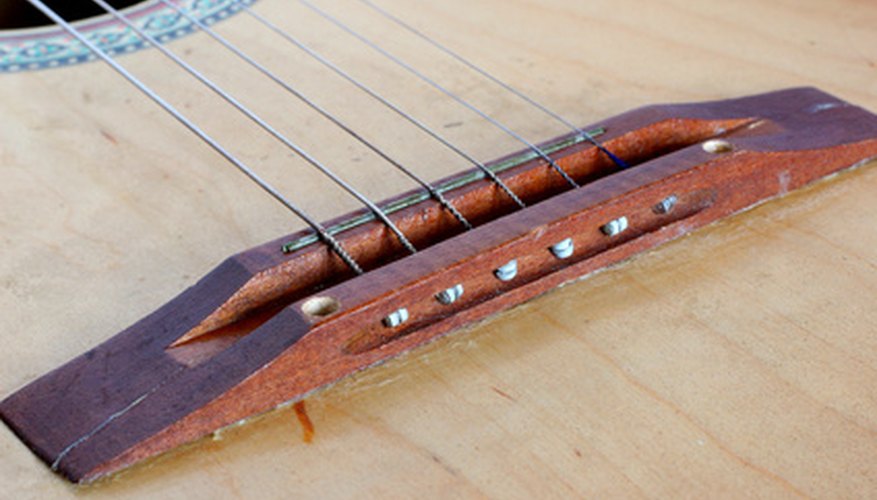A Brief Guide to Martin Guitar Models and Nomenclature
Martin guitar serial numbers. General Martin Guitar Specifications. Serial Number and Size/Style Number Stamps 1898 to present: flat top serial number stamped inside on neck block. Oct 1930 to present: flat top model number stamped inside on neck block around serial number rant 439xx to 44362 (exact serial number change unknown). .1976 Serial numbers 220 were also used. Begins using one set of serial numbers for guitars & mandolins. Martin Guitars Gibson Guitars Ibanez Guitars MARTIN Guitar Serial Numbers & Dating Chart - (1898 - present) The Serial number for Martin guitars should be printed on the neck block inside of the guitar. (This is where the neck joins the body). Below is a list giving the last number Martin used for each year. 1981-82 Martin Sigma used.

The 1830s, when C.F. Martin, Senior immigrated to New York City from Germany, was a decade of innovation in guitar making. It was at this time that the acoustic guitar assumed it's modern form. One of the last innovations in this process was the incorporation of a string saddle, separate from the bridge of the guitar. This innovation was notably championed by C.F. Martin in Germany and the United States as well as by Antonio Torres (father of the modern classical guitar) in Spain.
C.F. Martin also invented the Martin system of X-bracing to evenly spread vibrations across the top, and established Martin's system for naming new models.

In the Martin system, each model has a name composed of two parts, separated by a dash. The first component in this system designates a size. The second component designates a trim-level or a degree of ornamentation.
Martin Sizes
In the days of C.F. Martin, Senior, all of the size designations were numbers. The original designations included sizes 1, 2, 2-1/2 and 3. In the Martin system, smaller numbers indicate larger guitars i.e. the largest of C.F. Martin's guitars was the size 1, the smallest was the size 3. The number of sizes was increased in 1854 to include a larger guitar (size 0) and a new smaller guitar (size 5, one of my personal favorites). The product line grew again in 1877 with the introduction of the 00 (larger still than the 0). The 000 was introduced in 1902.
Size designations took a new turn in 1916, when the D size (Dreadnaught) guitars were introduced. The D models originally carried the Ditson brand and were braced differently than other Martin models. It was not until 1931 that the D models entered regular production with a Martin label and X bracing.
The 1920s and 1930s marked the heyday of the arched-top guitar, and Martin produced three sizes over the years. The Martin arched-top sizes are R, C and F (in increasing order of size).
In 1977, Martin introduced the M line in response to customer demand for a flat-top version of the F size arched-top models (which had long been out-of-production by 1977). The M series has recently been re-designated the 0000 series, indicating the similarity of its shape to the earlier 00 and 000 lines.
Two new sizes were introduced in 1980. These were the size 7 and the J series. The size 7 guitars were miniaturized versions of the D models, similar in size to Taylor's 'Baby Taylor' of the late 1990s. The J series incorporates the same top and back of the M series with the depth of the D series, making it the largest guitar that Martin has ever produced as a regular catalog model.
Martin Trim Levels
The second component of a Martin model number designates the level of trim (or ornamentation). Here, a higher number generally indicates a fancier and more costly instrument. This table compares four of the most common trim levels, in terms of binding, inlay and materials.| Level | Woods | Binding | Inlay |
|---|---|---|---|
| 15 | Mahogany neck, sides, back and top. Rosewood bridge and fingerboard. | None | Black and white purfling around soundhole, white plastic position dots on the fingerboard. |
| 18 | Mahogany neck, sides, and back. Spruce top. Rosewood bridge and fingerboard. | Single-layer, black plastic, front and back. | Pearl position dots on fingerboard. Multi-ring plastic soundhole purfling. |
| 21 | Mahogany neck. Rosewood sides and back. Spruce top. Ebony bridge and fingerboard. | Single-layer plastic, front and back. | Pearl position dots on fingerboard. Multi-ring plastic soundhole purfling. |
| 28 | Mahogany neck. Rosewood sides and back. Spruce top. Ebony bridge and fingerboard. | Multi-layer plastic on front, single-layer on back. | Pearl position dots on fingerboard. Multi-ring plastic soundhole purfling. |
In the case of the styles in this table, it is easy to see a progression in the trim level as the trim designator increases. In the case of most of the 4x designations (41, 42, and 45) the correspondence between trim number and trim level is equally evident.
Martin Guitar Serial Numbers 2019
In the case of some other trim designations, the correspondence is less clear. Style 35 differs from style 28 principally in that the style 35 has a three-piece back; an innovation which Martin admits was initiated as an economy move, though some players claim an enhanced bass response from the three-piece back compared with the two-piece back of the style 28. The J-40 lacks peghead binding which is present on the M-38, although the style 40 guitars feature fancier inlay on the fingerboard than is found on the M-38. The 45 style guitars incorporate Martin's highest level of ornamentation and finest materials, while the 6x styles (62, 64, 65, 68) are notable principally for the use of maple as the material for the back and sides.
More Information
To learn more about the modern C.F. Martin and Company, check out their web site at www.mguitar.com. To get the full details, read Mike Longworth's Martin & Co. est. 1833. Other books about Martin guitars and the history of C.F. Martin and Company include:
- The Martin Book, by Walter Carter is a colorful book written by one of America's greatest authorities in the area of vintage acoustic stringed instruments. Walter Carter is also co-author (with George Gruhn) of Acoustic Guitars and Other Stringed Instruments.
- Martin Guitars: An Illustrated Celebration of America's Premier Guitarmaker by Jim Washburn and Richard Johnston is a slightly longer volume (256 pages) and may be a suitable substitute for Mike Longworth's C.F. Martin & Co. est. 1833 when Longworth's book is between editions or reprintings.
Martin Guitar Model Numbers

Martin Guitar Label And Dating
| 8001 - 8349 | 1898 | 34436 - 37568 | 1928 |
| 8350 - 8716 | 1899 | 37569 - 40843 | 1929 |
| 8717 - 9128 | 1900 | 40844 - 45317 | 1930 |
| 9129 - 9310 | 1901 | 45318 - 49589 | 1931 |
| 9311 - 9528 | 1902 | 49590 - 52590 | 1932 |
| 9529 - 9810 | 1903 | 52591 - 55084 | 1933 |
| 9811 - 9988 | 1904 | 55085 - 58679 | 1934 |
| 9989 - 10120 | 1905 | 58680 - 61947 | 1935 |
| 10121 - 10329 | 1906 | 61948 - 65176 | 1936 |
| 10330 - 10727 | 1907 | 65177 - 68865 | 1937 |
| 10728 - 10883 | 1908 | 68866 - 71866 | 1938 |
| 10884 - 11018 | 1909 | 71867 - 74061 | 1939 |
| 11019 - 11203 | 1910 | 74062 - 76734 | 1940 |
| 11204 - 11413 | 1911 | 76735 - 80013 | 1941 |
| 11414 - 11565 | 1912 | 80014 - 83107 | 1942 |
| 11566 - 11821 | 1913 | 83108 - 86724 | 1943 |
| 11822 - 12047 | 1914 | 86725 - 90149 | 1944 |
| 12048 - 12209 | 1915 | 90150 - 93623 | 1945 |
| 12210 - 12390 | 1916 | 93624 - 98158 | 1946 |
| 12391 - 12988 | 1917 | 98159 - 103468 | 1947 |
| 12989 - 13450 | 1918 | 103469 - 108269 | 1948 |
| 13451 - 14512 | 1919 | 108270 - 112961 | 1949 |
| 14513 - 15484 | 1920 | 112962 - 117961 | 1950 |
| 15485 - 16758 | 1921 | 117962 - 122799 | 1951 |
| 16759 - 17839 | 1922 | 122800 - 128436 | 1952 |
| 17840 - 19891 | 1923 | 128437 - 134501 | 1953 |
| 19892 - 22008 | 1924 | 134502 - 141345 | 1954 |
| 22009 - 24116 | 1925 | 141346 - 147328 | 1955 |
| 24117 - 28689 | 1926 | 147329 - 153225 | 1956 |
| 28690 - 34435 | 1927 | 153226 - 159061 | 1957 |
